
Nepal is a popular country for high Himalaya range we have more then 8 mountain which is over 8000m Nepal is very popular country for culture, landscape, climate, mountain, flora and fauna theremore then 1300 peaks. Trekking in Nepal is an a high and low season activity the most popular trekking seasons are autumn (September to November), and spring (February – May) but even in the summer monsoon, trekking is popular in the rain shadow regions north of the Himalayas in areas such as Mustang, Upper Manang and Dolpo and winter season also popular trekking route around foothill.
Mountain Eye Treks and Expedition specializes in professional, yet personalized service and socially and environmentally friendly trekking and adventure treks. We respond quickly and promptly to inquiries to help you put together the adventure of a lifetime, no matter your budget. We can offer according to your budget are local trekking agency in Nepal so we have more ideas about Nepal.
Other Adventure Treks and Travels options we offer you : River rafting, paragliding, mountain flights, zip line, jungle safari, ultra-lite flying, caving/spelunking, hot air ballooning, bird-watching, honey hunting and volunteers in social work.
We will work within your budget, cut costs to meet your needs, or suggest luxuries to make your adventure trek and travel extra special. Our guides are instructed in the highest standards of service and eco-friendly trekking practices, educated in the flora, fauna and culture of Nepal, and trained in safety and medical concerns, from altitude sickness and wilderness first aid to clean water practices.
Our vision of our company and its services comes from our deep love of Nepal and beauty, diversity and unparalleled natural environment. Let us share with you the Nepal.
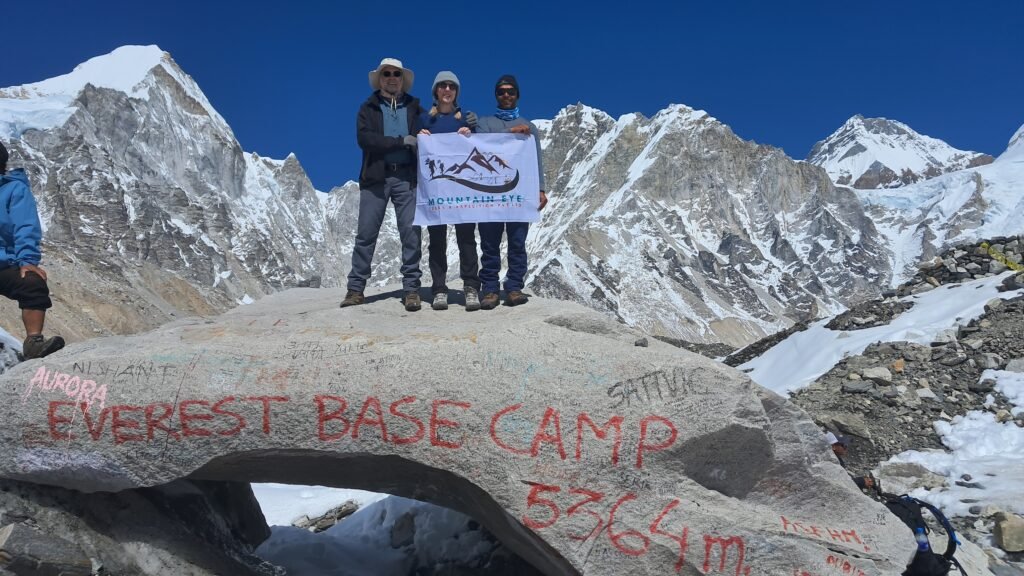
Popular Trekking Route
- Everest Region (10 to 23 days trek)
- Annapurna Region (2 to 21 days trek)
- Langtang Region (8 to 14 days trek)
- Manaslu Region (13 to 21 days trek)
- Mustang Region (5 to 12 days trek)
- Dolpa Region (11 to 25 days treks)
- Makalu Region (19 to 24 days treks)
- Kanchanjanga Region (21 days treks)
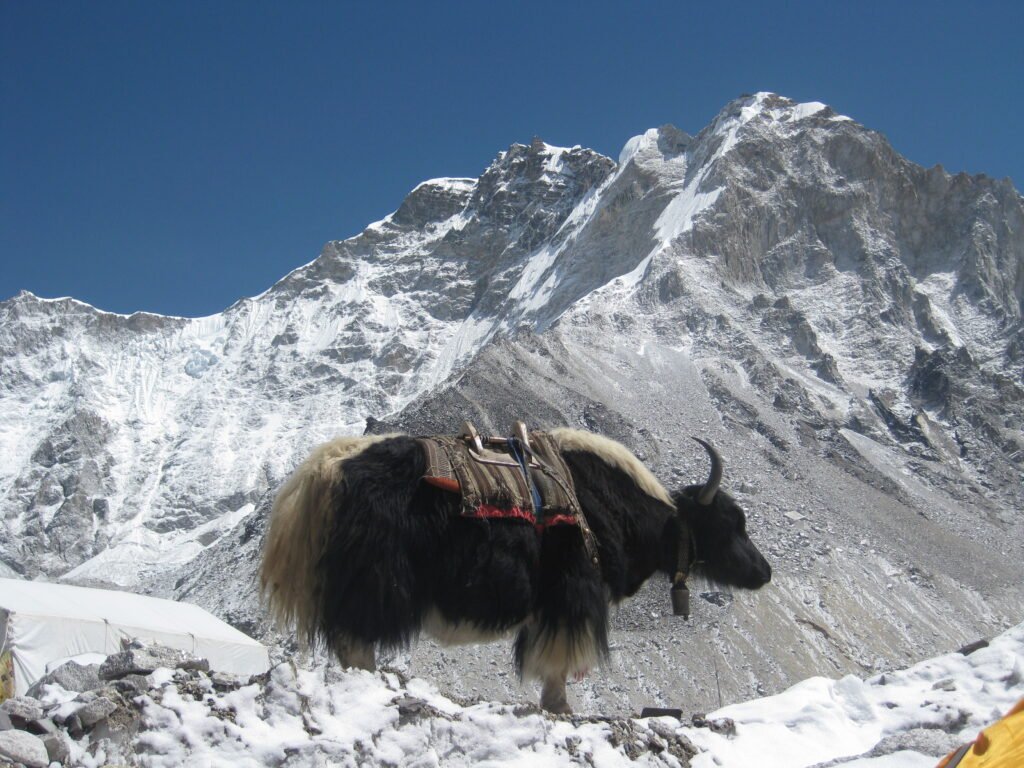
Special Activists In Nepal
- City Tour in Kathmand, Pokhara and Lumbeni
- Day Hiking / Mountain biking
- Wildlife Tour (Chitwan / Bardya National Park
- Rafting / Paragliding
- Zip-Line / Bungee Jumping
- Mountain flight / Helicopter tour
Tour in Kathmandu
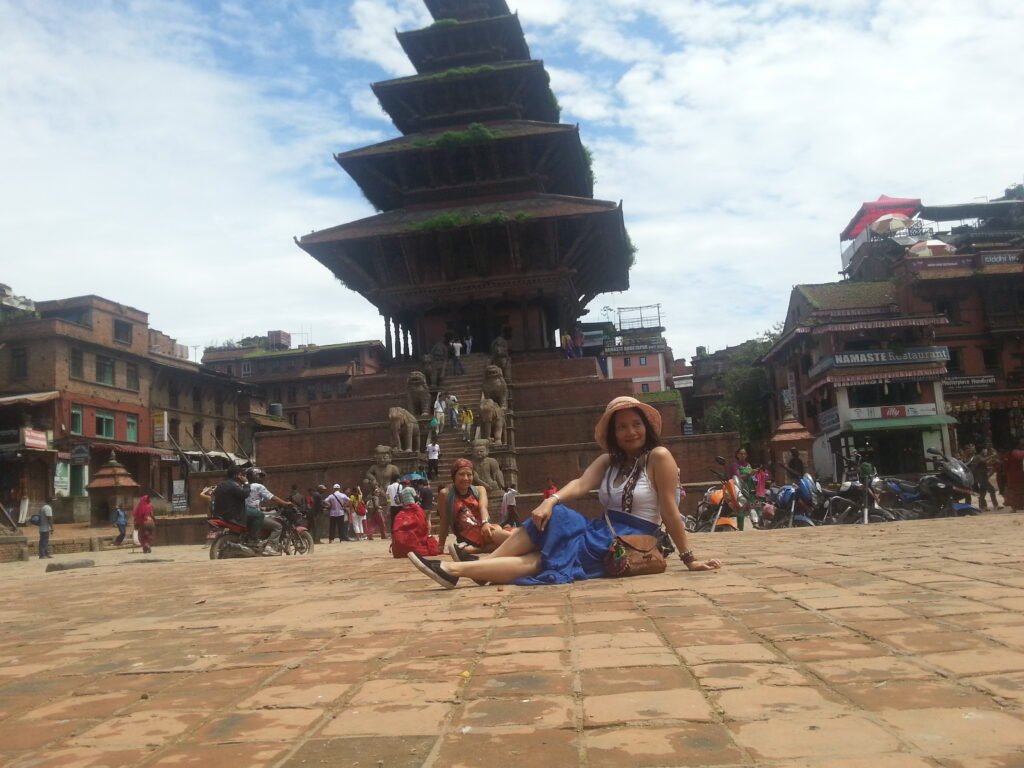
Kathmandu city is known as a woodcarving city as well city of temple Kathmandu Have world heritage site UNICO Durbar Square Swayambhunath, Kathmandu Durbar Square(Basantapur Durbar) Pashupatinath Temple, Patan Durbar and Bhaktapur Durbar these are the man destination but there many other place to visit. In the morning have breakfast at the hotel visit one of Kathmandu’s world heritage sites some very important energy centers, temples, White Pagoda and Palace Square with tour guide! He’ll be talking to you all day.
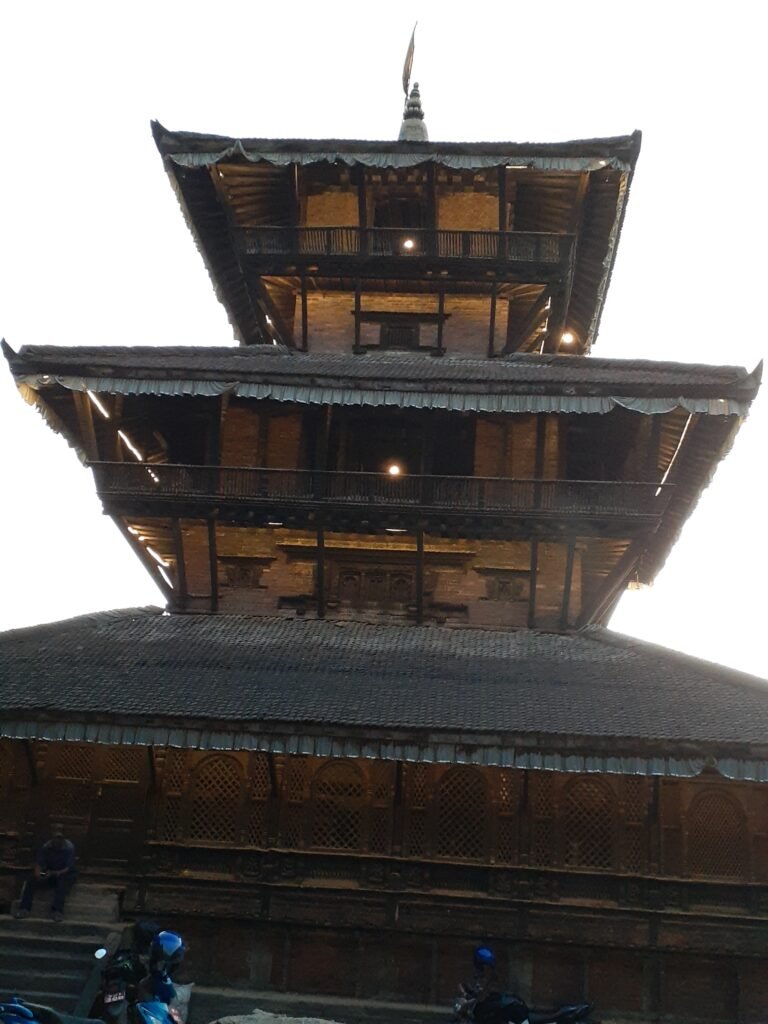
We started our tour from the Monkey Temple.
We are called Swayambhunath in Nepali (Newari:; Swayambhunath (Nepali: Devanagari) is a Buddhist temple in the Kathmandu Valley west of Kathmandu, Nepal, and a national symbol of Nepal. Also known as Swayambu Temple, Four Eyes Temple.
After visiting the Monkey Temple, we go to Kathmandu Durbar Square
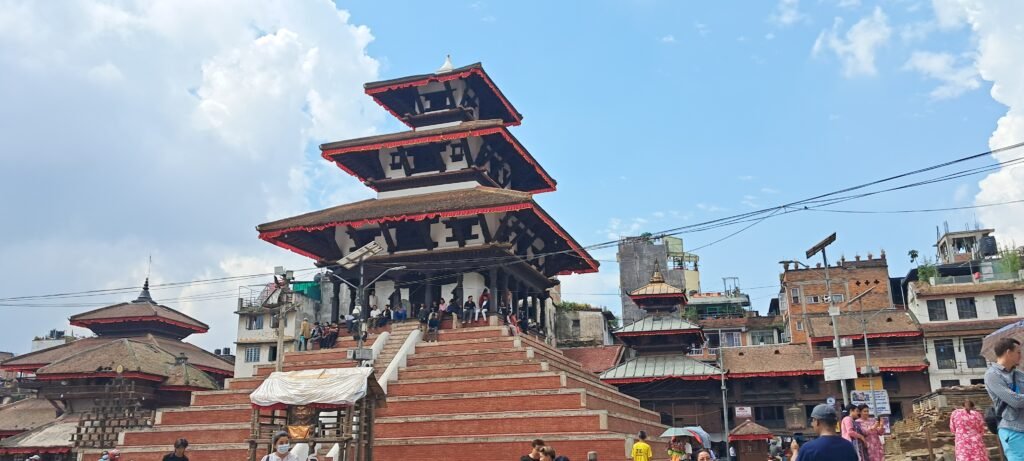
Kathmandu Durbar Square is located in the Old Town, in front of the Old Palace. The square is the main attraction of Kathmandu, which includes the classical architecture of Nepal between the 16th and 19th centuries, and there are more than 50 temples and palaces on the square, which have maintained their original architectural form and style since the Middle Ages. The square and its surrounding buildings are World Heritage Sites.
Durbar Square is the most famous square in Kathmandu and a good place to watch Nepal’s temple architecture. There are more than 50 temples and palaces in the square, which includes the monuments of Nepal between the 16th and 19th centuries.
After lunch we go to visit Pashupati Nath Temple.
The Pashupatinath temple was built in the 5th century AD, one of the world’s cultural heritage, the holy land of Buddhism, and the largest Buddhist temple in Nepal, dedicated to the god of destruction, Shiva. The Chinese tourists call it “the temple of burning corpses” because of the six stone crematorium stands on the banks of the Bagmati River outside the Paspatina temple, where Nepalese Hindus hold open-air cremations. The ashes of the dead are thrown into the river and carried away by the waves. As Hindus, the Nepalese believe that by doing so, the soul is liberated.
After the tour back to the hotel for dinner and rest
